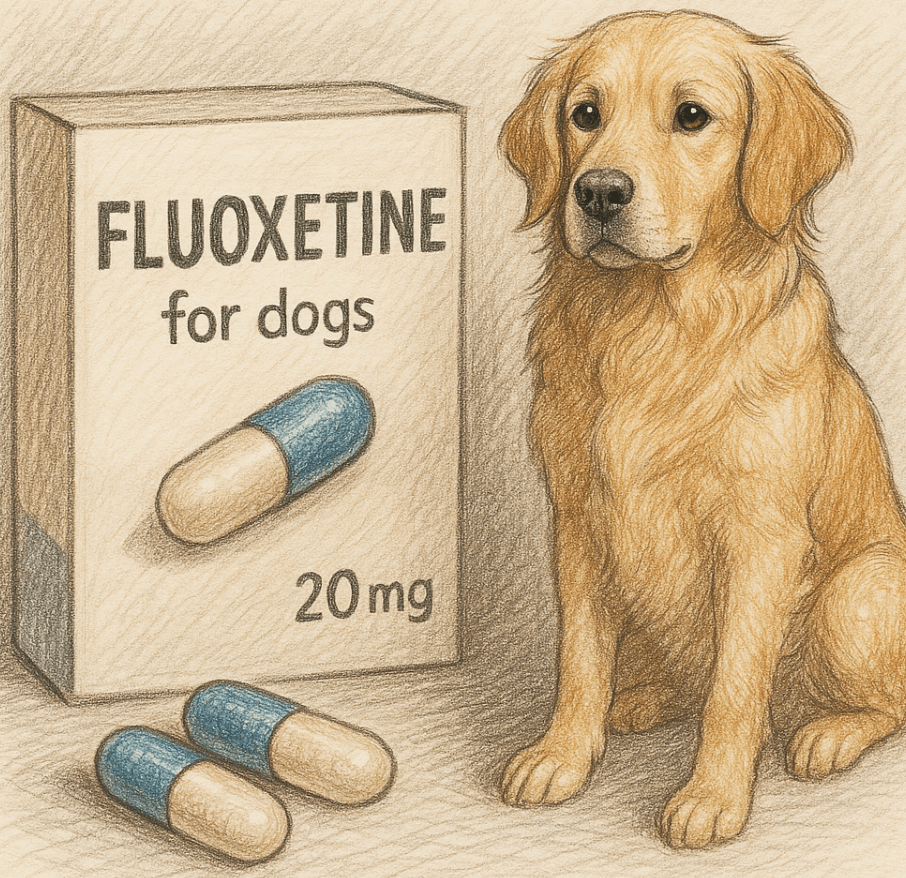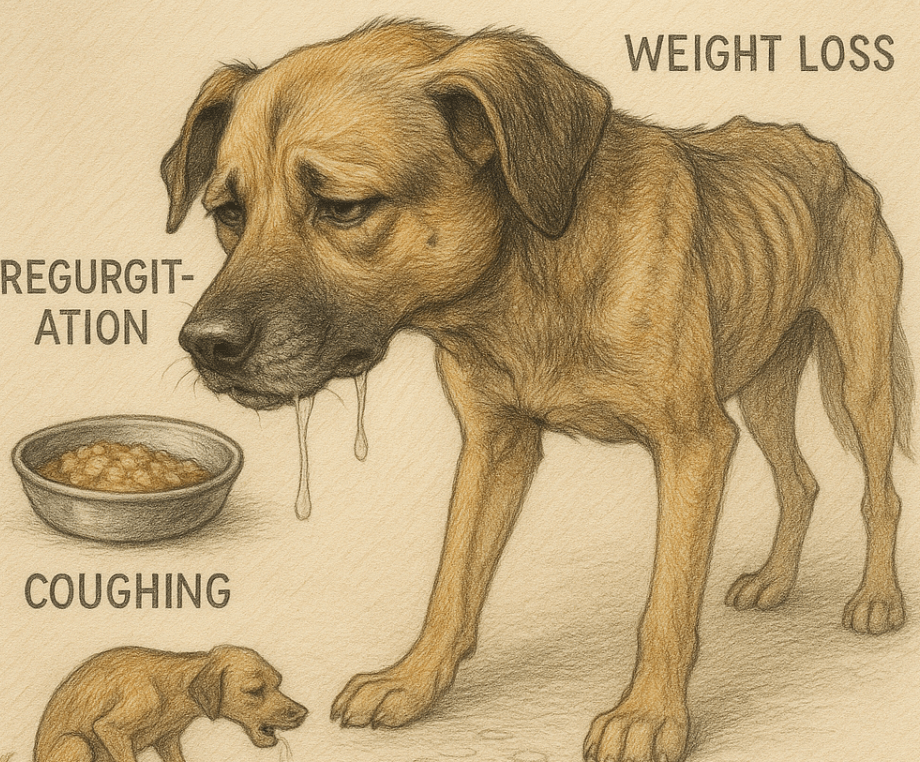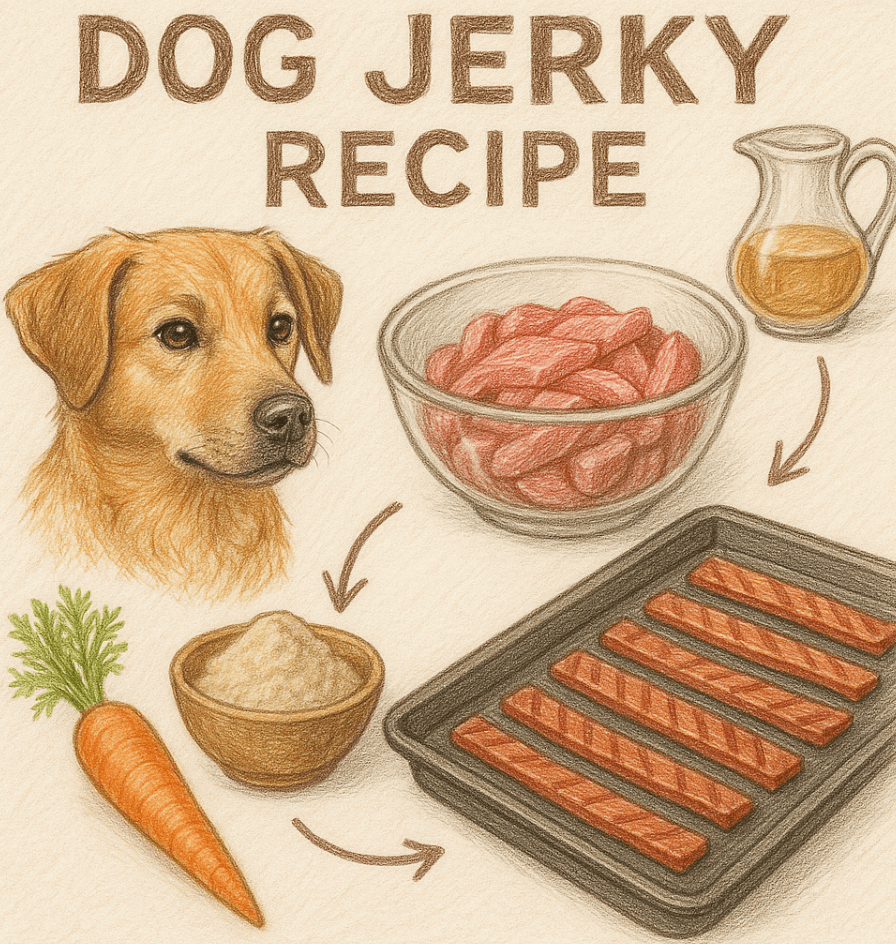Intussusception in Dogs: Understanding the Condition and How to Help Your Furry Friend
Intussusception in dogs is a serious and potentially life-threatening condition that requires immediate attention. It occurs when one part of the intestine slides into another, much like a telescope collapsing. This can lead to blockages, reduced blood flow, and tissue damage if not treated promptly. While it’s more common in young puppies, it can affect dogs of any age or breed. In this blog post, we’ll explore the causes, symptoms, diagnosis, and treatment options for intussusception in dogs. Whether you’re a concerned pet owner or simply looking to educate yourself, understanding this condition can help you act quickly and ensure your dog receives the care they need.
What Causes Intussusception in Dogs? Key Factors to Know
Intussusception doesn’t happen without a reason. Several factors can contribute to this condition, and understanding them can help prevent or address the issue early. Here are the most common causes of intussusception in dogs:
Parasitic Infections:
Parasites like roundworms or hookworms can irritate the intestines, causing abnormal contractions and leading to intussusception.Viral or Bacterial Infections:
Illnesses such as parvovirus or other gastrointestinal infections can inflame the intestines, increasing the risk of this condition.Foreign Objects:
Dogs who ingest non-food items like toys, bones, or fabric may develop blockages that trigger intussusception.Trauma or Surgery:
Previous abdominal trauma or surgeries can weaken intestinal tissues, making them more prone to telescoping.Rapid Growth in Puppies:
Young puppies are at higher risk due to their rapidly developing digestive systems, which can be more susceptible to disruptions.
By identifying these potential triggers, pet owners can take proactive steps to minimize the risk of intussusception. Early intervention is key to preventing complications and ensuring your dog stays healthy.
Signs and Symptoms of Intussusception in Dogs
Recognizing the signs of intussusception early can make all the difference in your dog’s recovery. The symptoms can vary depending on the severity of the condition, but here are some common indicators to watch for:
Vomiting:
Persistent vomiting, especially if it contains bile or blood, is a red flag for gastrointestinal issues.Diarrhea or Bloody Stool:
Loose stools or stools with visible blood may indicate intestinal distress or damage.Abdominal Pain:
A dog with intussusception may whimper, resist touch, or show signs of discomfort when pressure is applied to their abdomen.Lethargy:
Unusual tiredness or lack of energy can signal that your dog is unwell and needs medical attention.Loss of Appetite:
Refusal to eat or drink is a common symptom of gastrointestinal problems, including intussusception.
If you notice any of these symptoms, it’s crucial to seek veterinary care immediately. Early diagnosis and treatment can significantly improve your dog’s chances of recovery.
Check this guide 👉Understanding Brachial Plexus Injury in Dogs: Best 7 Tips!
Check this guide 👉Understanding Pneumothorax in Dogs: Best 7 Expert Tips!
Check this guide 👉Understanding Melanocytoma in Dogs: Best 7 Expert Tips!

Symptoms of Intussusception | Possible Causes |
|---|---|
Vomiting | Parasitic infections |
Diarrhea or bloody stool | Viral or bacterial infections |
Abdominal pain | Ingestion of foreign objects |
Lethargy | Trauma or previous surgery |
Loss of appetite | Rapid growth in puppies |
Diagnosis and Treatment Options for Intussusception in Dogs
Once you suspect your dog may have intussusception, it’s essential to understand how veterinarians diagnose and treat this condition. Early intervention is critical to achieving the best possible outcome. Here’s what you can expect during the diagnostic and treatment process:
Physical Examination:
Your vet will palpate your dog’s abdomen to check for abnormalities or signs of pain.Imaging Tests:
X-rays or ultrasounds are commonly used to confirm the presence of intussusception and assess its severity.Blood Tests:
Blood work can help identify underlying infections, dehydration, or other systemic issues.Surgical Intervention:
In severe cases, surgery may be required to manually correct the telescoping and remove damaged tissue.Supportive Care:
Post-treatment, your dog may need IV fluids, antibiotics, or a special diet to aid recovery.
Understanding these steps can help you prepare for your vet visit and ensure your dog receives the care they need. Always follow your veterinarian’s recommendations for the best results.
Preventing Intussusception in Dogs: Tips for Pet Owners
While not all cases of intussusception can be prevented, there are several measures you can take to reduce the risk. These preventive steps focus on maintaining your dog’s overall health and minimizing exposure to potential triggers.
Regular Deworming:
Keeping your dog free from parasites through routine deworming can prevent intestinal irritation.Safe Environment:
Ensure your dog doesn’t have access to small objects or hazardous materials that could cause blockages.Balanced Diet:
Feed your dog a high-quality diet that supports digestive health and avoids sudden dietary changes.Prompt Medical Attention:
Address any signs of illness, such as vomiting or diarrhea, as soon as they appear to prevent complications.Supervise Playtime:
Monitor your dog during play to ensure they don’t swallow toys or other objects that could harm their intestines.
By taking these precautions, you can help protect your dog from intussusception and other gastrointestinal issues. Prevention is always better than cure when it comes to your pet’s health.
Breeds More Prone to Intussusception
While intussusception can affect any dog, certain breeds may be more predisposed due to genetic or physiological factors. Here’s a closer look at which breeds might be at higher risk.
German Shepherds:
Known for sensitive digestive systems, they may be more prone to gastrointestinal issues.Labrador Retrievers:
Their tendency to eat quickly or ingest inappropriate items increases their risk.Boxers:
This breed’s energetic nature and curiosity can lead to accidental ingestion of harmful objects.Great Danes:
Large breeds like Great Danes may experience rapid growth spurts, increasing their susceptibility.Chihuahuas:
Small breeds like Chihuahuas may have weaker intestinal structures, making them vulnerable.
Understanding breed-specific risks can help you tailor preventive measures to your dog’s needs.
Post-Surgery Care for Dogs with Intussusception
After surgery, your dog will need extra care to recover fully. Here are some tips to ensure a smooth healing process.
Restricted Activity:
Limit your dog’s movement to prevent strain on their healing intestines.Soft Diet:
Feed them easily digestible foods like boiled chicken and rice to avoid irritating their stomach.Monitor Incision Site:
Check the surgical site daily for signs of infection, such as redness, swelling, or discharge.Administer Medications:
Give prescribed medications, such as pain relievers or antibiotics, exactly as directed by your vet.Follow-Up Visits:
Attend all scheduled follow-up appointments to ensure proper healing and address any concerns.
Proper post-surgery care is essential for your dog’s recovery and long-term health.
Emotional Support for Dogs Recovering from Intussusception
Recovery isn’t just physical; it’s emotional too. Providing emotional support can help your dog feel safe and loved during this challenging time.
Comfort Items:
Offer familiar toys or blankets to create a sense of security.Quiet Environment:
Keep noise levels low and provide a calm space for rest and relaxation.Positive Reinforcement:
Reward your dog with gentle praise or treats when they exhibit calm behavior.Companionship:
Spend quality time with your dog, offering reassurance through petting or talking.Patience:
Understand that recovery takes time, and your dog may need extra attention and care.
Emotional support can make a significant difference in your dog’s recovery journey, helping them heal both physically and mentally.
Frequently Asked Questions About Intussusception in Dogs
Is intussusception common in dogs?
While not extremely common, it’s more frequently seen in young puppies due to their developing digestive systems.
Can intussusception be fatal?
Yes, if left untreated, it can lead to tissue death and life-threatening complications.
How is intussusception diagnosed?
Veterinarians use physical exams, imaging tests like X-rays or ultrasounds, and sometimes blood work to diagnose the condition.
What is the recovery time after surgery?
Recovery typically takes a few weeks, but it depends on the severity of the case and your dog’s overall health.
Can adult dogs get intussusception?
Yes, although it’s more common in puppies, adult dogs can also develop the condition due to infections, trauma, or foreign objects.
The Importance of Awareness: Protecting Your Dog from Intussusception
Intussusception is a serious condition that requires vigilance and prompt action from pet owners. By understanding the causes, recognizing the symptoms, and knowing the treatment options, you can ensure your dog receives the care they need. Prevention plays a crucial role in keeping your furry friend healthy, so take steps to minimize risks and maintain their well-being. Remember, your dog relies on you to be their advocate, and staying informed is one of the best ways to protect them. With love, care, and awareness, you can help your pup live a happy, healthy life.
Fluoxetine for Dogs: Best 7 Expert Tips! Discover expert advice on using fluoxetine safely, managing side effects, and improving your dog’s mental health effectively.
Megaesophagus in Dogs: Best 7 Expert Tips! Discover expert advice on symptoms, management, and care to improve your dog's quality of life with this challenging condition.
Giant Schnauzer Dog: Best 7 Expert Tips! Discover expert advice on training, grooming, and living with this intelligent, loyal breed for a happy and well-behaved companion.
Dog Jerky Recipe: Best 7 Expert Tips! Discover easy, healthy, and safe homemade dog jerky ideas with expert advice on ingredients, preparation, and storage for your pup's delight.





